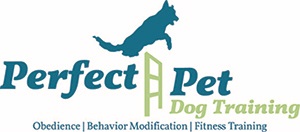Training Tips of the Week
1. Make sure your dog gets plenty of exercise earlier in the day.
2. Keep your dog inside during the fireworks.
3. Provide your dog a safe place to retreat. Many dogs prefer small enclosed areas when their scared. If your dog is comfortable in a crate, that is a good option. My dogs like the laundry room, so we will leave that door open for them.
4. If possible, keep the windows and curtains closed.
5. Make sure your dog is wearing ID tags with a properly fitting collar. (Many dogs escape on the 4th of July).
6. Leave your dog something fun to do – a frozen Kong filled with his favorite treats and peanut butter is a good option.
7. Play calm music for your dog. The music doesn’t need to be loud to be effective. If you don’t normally leave your dog with music playing, start now so he begins to associate the music with being calm and content.
Socialization does not end at puppyhood. While the foundation for good behavior is laid during the first few months, owners should encourage and reinforce social skills and responsiveness to commands throughout the dog’s life.
Our Hounds on the Town class is a great way to socialize your dog with new people, places and other dogs!
